I have selected my best photographs and arranged them into a gallery.

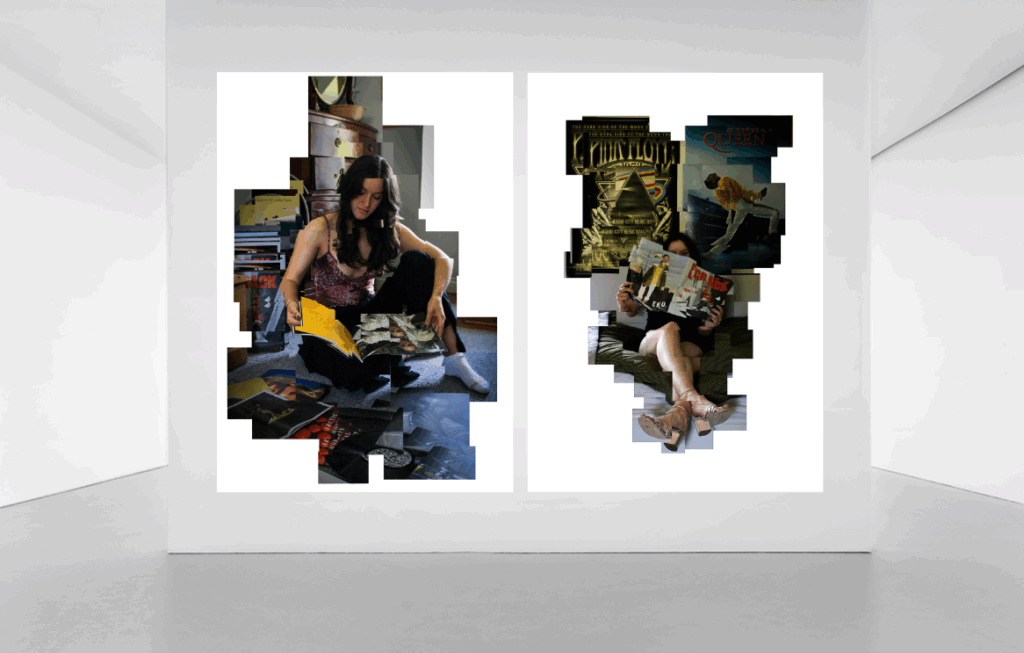
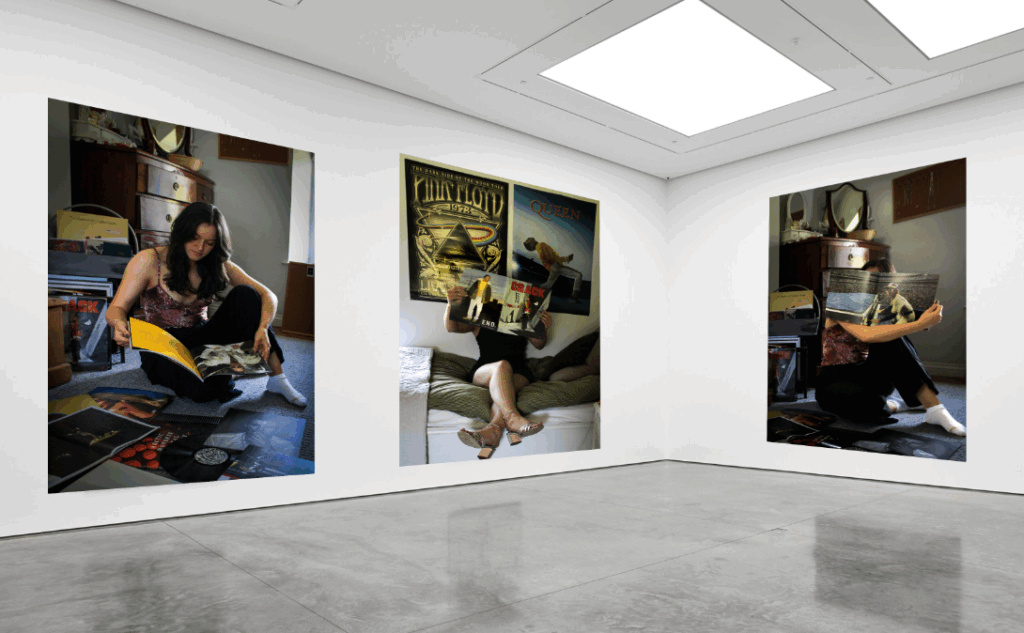
Evaluation
Overall I think my final outcomes were successful as they represent union through the way they connect together and relate to one another. I have demonstrated this through a series of different edits, firstly using Lightroom to slightly adjust and edit to then exporting onto photoshop, where I then experimented with layering different and the same photographs on top of one another, to using the joiners technique.
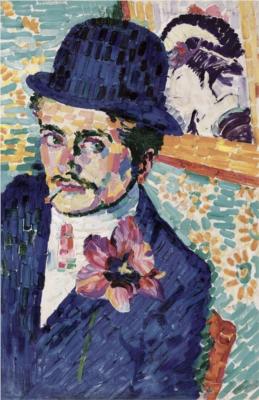
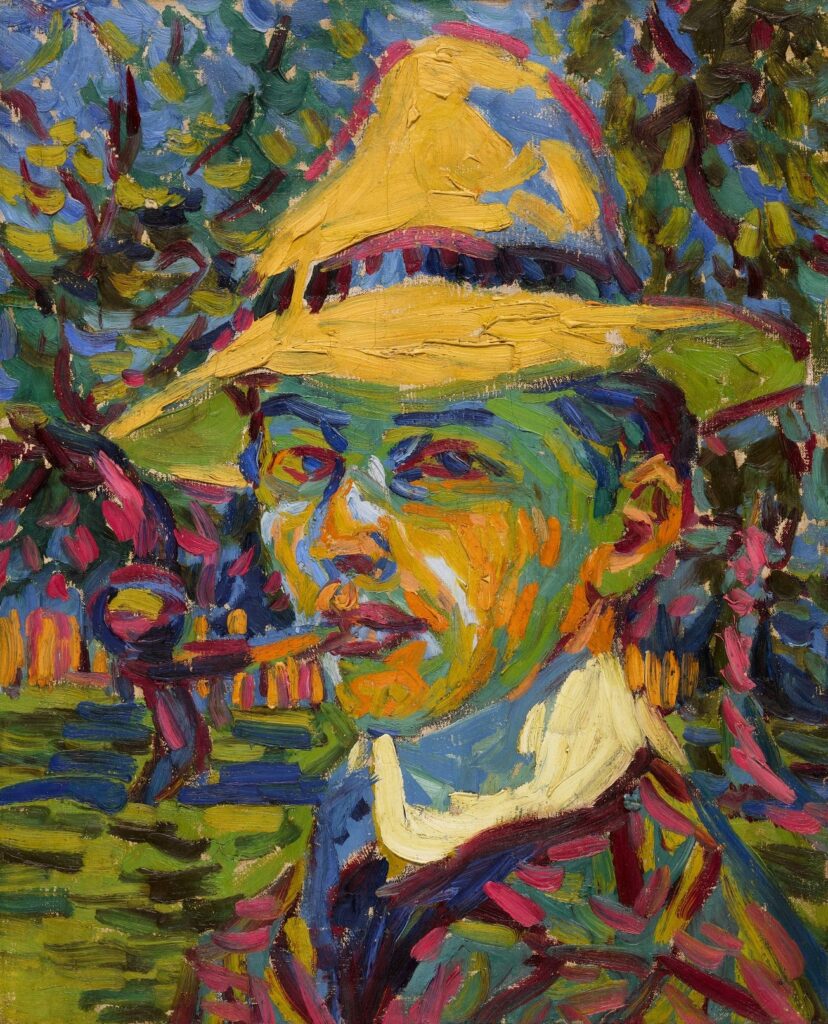
I was firstly greatly inspired by Ernest Ludwig Kirchner, a cubist artist who used very distinct brushstrokes of colour which formulate the overall painting, creating this dramatic, expressive image. Kirchner’s intentions of his work to was to reveal the inner truth, and inner souls of humans even if it was shocking or the fewer. This really influenced me as his loose, figurative, sold blocks of colour, that were painted in a formational, distinct way, overall created this really expressive, intense, dramatic painting that revealed a lot about the subject. Within my own work I incorporated this theme, showing you insights of peoples lives through what they do everyday, or what their passion is. In particular, I captured moments as a girl applies her makeup, and getting ready to a different girl and her passion with music. I decided to take environmental portraits of this, which captured the subject in the moment, whilst still staging some aspects of the portrait, like how the subject as positioned and is set up, I also took the photo with the light coming in from behind me. This expressed union as we are presented with the subject and their ‘natural environment’ such as their bedroom, which describes this story and shows us how they are connected together, as it is something that is personal to them.
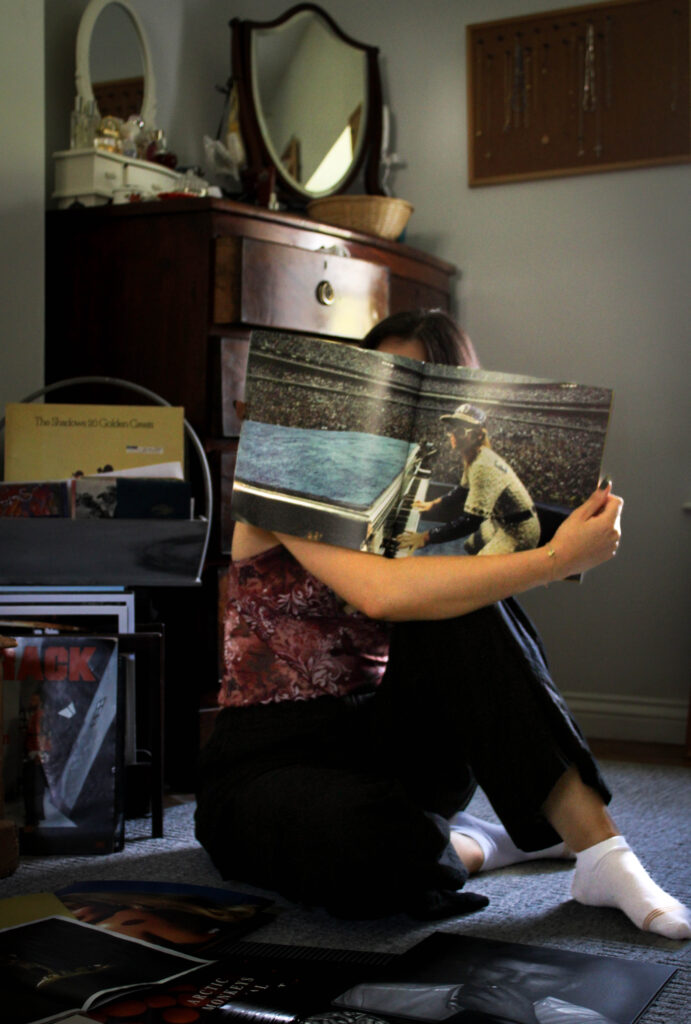
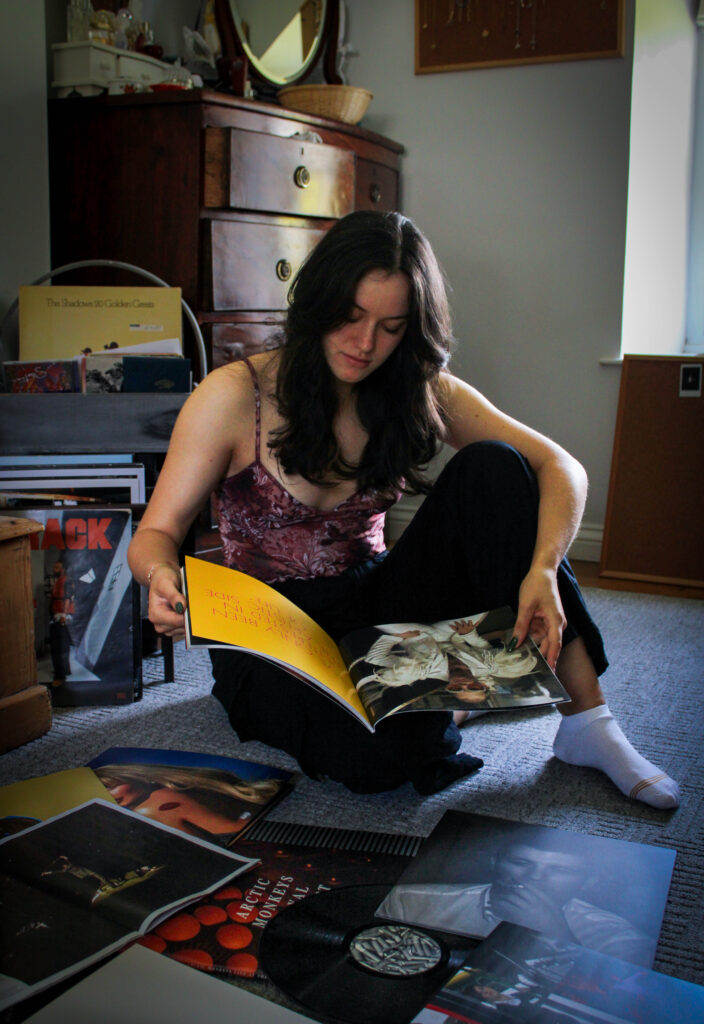
I was was further inspired by David Hockney and his photo joiners editing technique. This further intensified and dramaticed the photo as the photo became almost unrecognisable at first through the uneven, imperfect pieces that are re-joined or united together again which is completely different to the original image. This distorts not only the image itself but your response to it as the subject is not obvious, you have to look for it. This visual technique hides but also reveals narratives forming a new kind of reality, as you have to look in-depth to where you see the actual subject. Within my response, I wanted to emphasise the disjointed effect particularly where their were hidden or unnoticeable details, by repeating part of the layer, then layering this on top which created this sequence of a repeated pattern/ detail. In particular, I did this where the graphical parts were – like on the magazine as this created interesting depth, and expressed the intricate details.

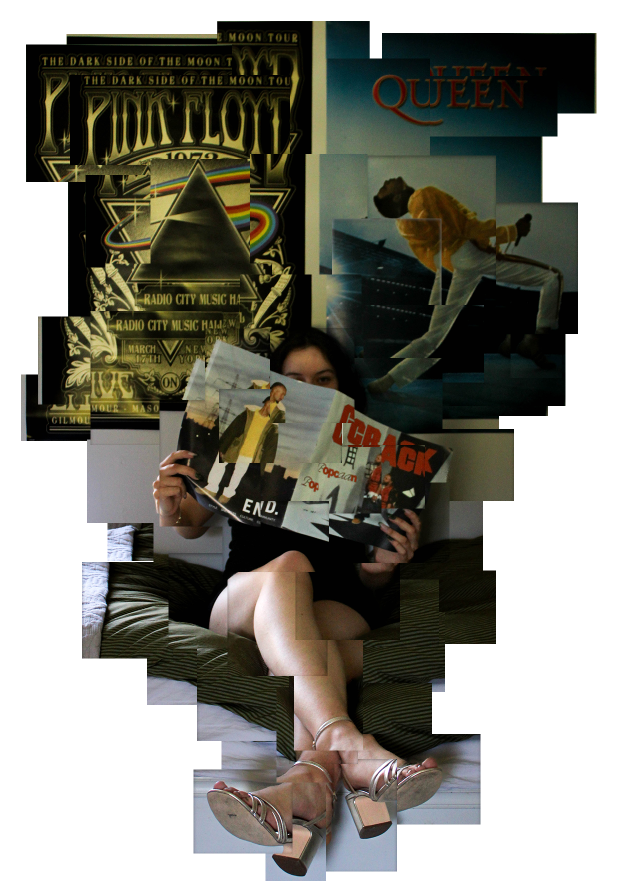
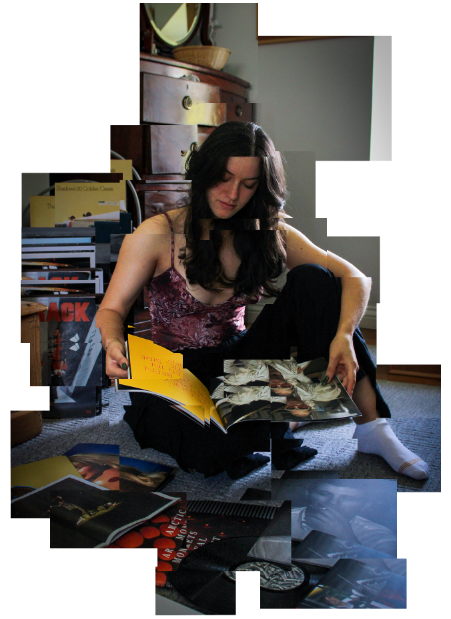
From looking at the joiners technique I wanted to experiment with a new way that I could express the disjointed, fragmented effect, but then show how this was reconnected back together, in a way that unites. I decided to create a mosaic, grid pattern:

I thought this was effective as the broken up pattern creates a similar effect to Kirchner’s loose painting style of expressive brushstrokes.
I then began experimenting with new ways in particular layering photographs. This created an interesting illusion of the subject as their was duplicated versions of the same subject. I found this an interesting way of expression union, as it showed how someone was united together in a particular way. This also created a type of figurative movement, as it is not clear what you see , because your focus is mis-lead by the shadows of the of the second layer (particularly for the third portrait).
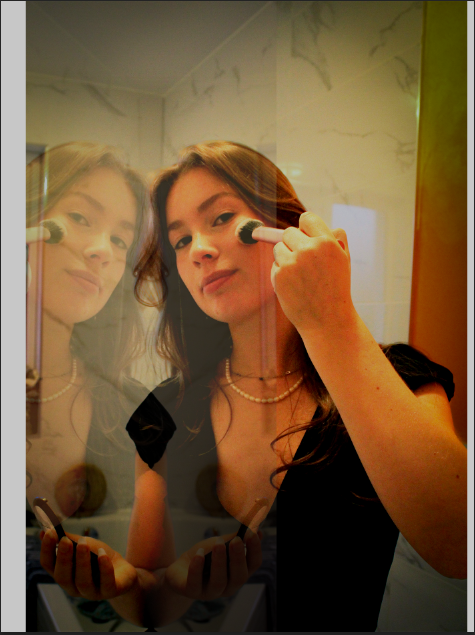
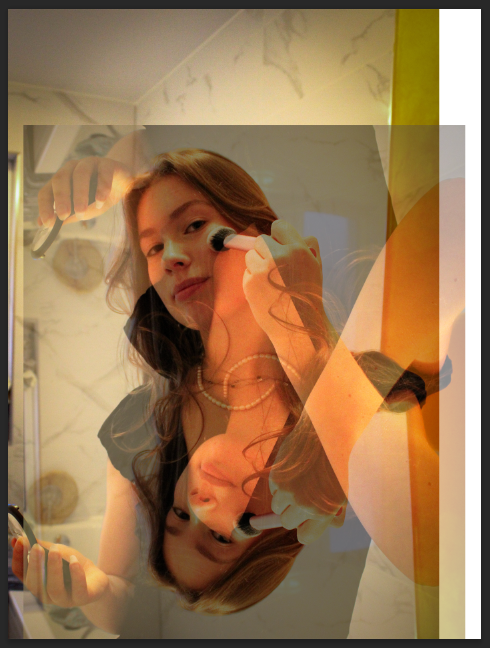

Throughout this project I wanted to find new ways I could create depth and show how two subjects are connected together, through various editing techniques from using environmental portraits.
